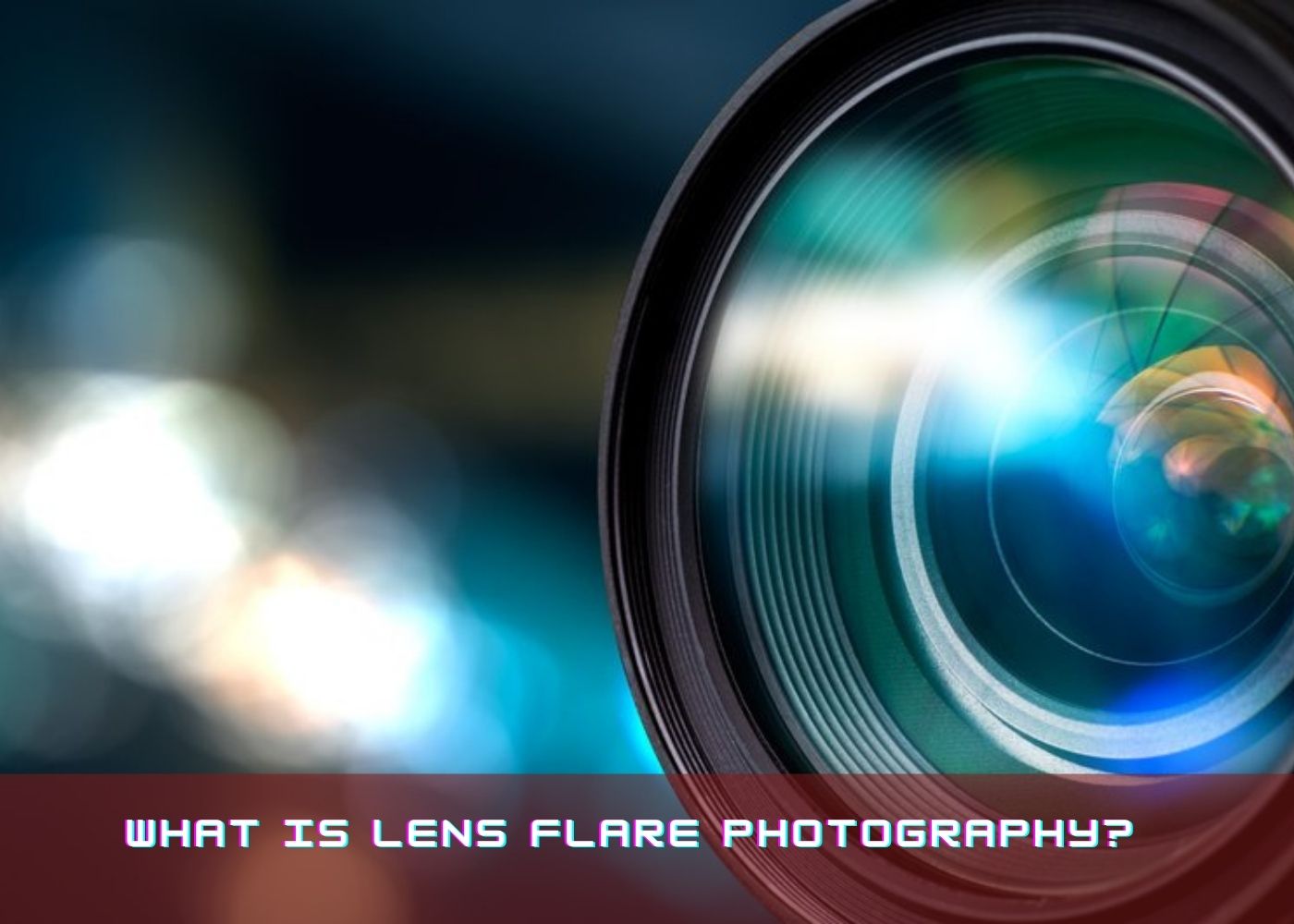As a photographer, the ability to understand light is the most important talent you can acquire. Lens flare may be unintentional or intentional. Lens flare appeals to certain photographers because it can add realism and artistic drama, while it is disliked by others. It all depends on your photography style and the look you're going for with your photographs. In any case, knowing what causes lens flare is useful for learning how to avoid it—or, in some cases, how to intentionally create it.
Lens Flare in Photography: What Is It?
Bright light enters the camera lens, hits the camera's sensor, and scatters, causing lens flare. Lens flare occurs when bright, non-image producing light sources, such as the sun, the full moon, or artificial lighting, causes a haze or a starburst to appear on the shot. When a strong light source is partially obstructed by an item or person, lens flare can occur.
In a photograph, how does lens flare appear?
There are two ways that lens flare might impact a shot.
1. It might appear as a haze over a photograph, wiping out the contrast and giving it a washed-out appearance.
2. It could also show up as a starburst (s). The shape and size of your camera's aperture influence where the lens flare starburst appears and how it looks.
To Get Lens Flare, What Do You Need?
Give lens flare a shot if you want to improve your photographs. To do so, you'll need the following:
1. Light source: A radiant light source is the single most significant prerequisite for lens flare. The sun is the most straightforward and accessible (as well as the most cost-effective) alternative. On an overcast day, you can still get lens flare, but the brighter the day, the better. Bright moonlight and artificial lights are two other possibilities.
2. Lens flare can be achieved with certain camera lenses more easily than with others. Because zoom lenses have a larger internal surface area for light to reflect off of, they are more likely to induce lens flare.
3. Older cameras are less likely to feature anti-reflective coatings and preventative flare measures than newer models. Why not try playing with other cameras in addition to lighting and equipment?
9 Techniques for Getting Lens Flare in Photography
Here's what you should do when you're ready to try your hand at catching lens flare:
1. Face the bright light source directly. Make sure the light gets into your camera lens, whether it's from the sun or studio light.
2. Placing your subject in front of a bright light source is a good idea. If they can obscure the sun, the light will be less intense, but there will still be a trace of flare in the corners.
3. Starbursts are a fun way to pass the time. Take photos of sunrise or sunset and experiment with different focal lengths to see how the size of the rays changes. Wider lenses will probably offer you a stronger burst.
4. Experiment with the aperture of your camera. Set your camera's aperture to the smallest setting, then open it up. Take several shots so you can compare how the lens depicts the solar flare later.
5. Filters and lenses can be used with a camera. You'll be surprised at how different a scene may look simply by changing the lens type. Sun flares can be controlled with UV filters, polarizing filters, and graduated neutral density filters.
6. Experiment with the sun when it's partly hidden. See how the sun's position behind a mountain or tree influences the flare.
7. At night, try it out. Using a streetlight as an example, shoot separate points of light. Make notes about which lenses and f-stops produce the best-looking flares later when you're processing the photographs.
8. Make choices for yourself. Always keep an eye out for methods to get distinct or alternate photos by using different lenses and setups. When it's time to modify, you'll have a wider range of possibilities.
9. Practice, practice, practice is the words that come to mind when thinking about how to improve your Lens flare photography needs a lot of trial and error, just like any other creative form. You'll learn how to optimize and decrease it the more you work at it.
In 5 Simple Steps, Learn How to Make Artificial Lens Flare While Editing Photos
You can produce an artificial lens flare when editing and processing, in addition to attaining lens flare naturally. Adobe Lightroom is a highly comprehensive and sophisticated editing program, and when combined with Adobe Photoshop, you can do pretty much anything you can think of during processing, including creating lens flare.
To do so, follow these steps:
1. In Lightroom, select the Brush tool from the Develop Module.
2. Set the exposure to +3, the flow to 80%, and the feathering at 15%.
3. To add a lens flare to a photo, use the brush tool and place it where you'd like it. Continue to click to intensify the lens flare.
4. Reduce the brush's size and increase the number of strokes across the image. Experiment with the size and strength of the effect until you get it right.
5. Reduce the highlights and increase the shadows if any section of the image becomes overexposed.
Lens Flare: 3 Ways to Prevent or Reduce It
Even the most expensive digital camera and digital SLR camera can create lens flare, even though many camera lenses have an anti-reflective coating designed to reduce it. There are, however, certain measures you can do to reduce it:
1. With the powerful light source behind you, take your photos. Don't allow the sunlight or another light source if it is directly hitting your lens to see if it helps.
2. Use a lens hood to protect your lens from the elements. A lens hood can also help block lens flare if putting the strong light source behind you isn't possible. If you don't have one, cupping your palm around the side of the lens nearest to the strong light source will suffice.
3. Your photoshoots should be scheduled in advance.
Practice is the most effective approach to learning about lens flare. The more you learn about light, experiment with composition, and investigate the depth of field, the more you'll be able to control how much lens flare appears in your photos.
We are a fully operational content marketing company based in Dubai. We are committed to developing effective content and strategies for corporate brands who want to shine their business in the online world.







